When one hears the word “origami,” the first thing that comes to mind is probably the origami crane. The historic origami traditions of yakko-san and paper balloons, and the recent contemporary origami boom both require just a single sheet of paper. However, while traditional origami has no original creator, modern origami has an artist for each work.
So, what kind of people are origami artists? Like most creative professions, there is no clear definition, but one possible answer is whether or not they have any published work. If there is a creative work (and a development or folding diagram showing its structure) published in a book or in media, the author can be said to be an origami artist. In Japan, there are several dozen well-known origami artists.
Arisawa Yuga is one of those artists, and is unique in that he is also involved in papermaking. He works as a handmade washi craftsman in a workshop in Mino, Gifu Prefecture, a famous paper-producing area since the Nara period. Following part one of our interview on the genealogy of modern origami and his unique creative style, in part two, we interview him about his commitment and career from the perspective of paper-making.
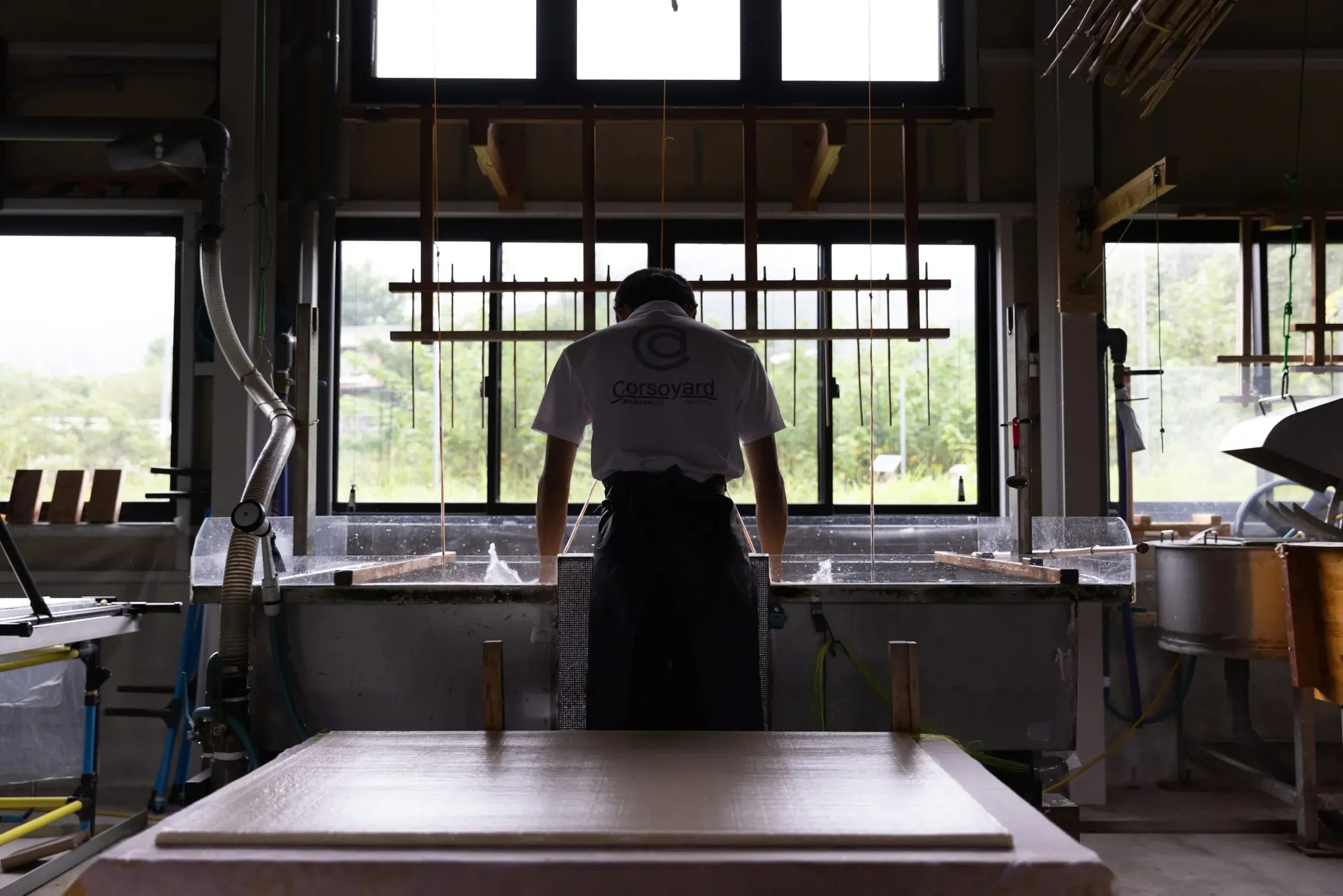
Responding to the paper’s energy
–– When folding complex origami, commercial origami paper is probably not suitable due to its lack of size and strength.
Yuga Arisawa: In my case, I ran into that problem when I was in middle school. I scoured different stationary stores, until I found one called Kami no Megumi in Sapporo. This store sells paper made by a washi paper dyeing artist named Naoaki Sakamoto. Mr. Sakamoto’s energetic activities include visiting papermaking sites around the world and dyeing paper while feeling the atmosphere of each place. He lives in Tokyo and has a store in Hakusan (Bunkyo-ku) called Paper Nao. Kami no Megumi is the only store in Japan that specializes in his paper, and it happens to be located in my hometown! It was so cool that I saved my allowance to buy a piece of paper and hung it up in my room.
–– Did your encounter with that caliber of paper change your approach to origami?
Arisawa: The more I observed Mr. Sakamoto’s paper, the more they started looking like things, like reptiles and animals. It felt like the paper had shapes they wanted to be, so I started to fold it into those shapes based on that association.
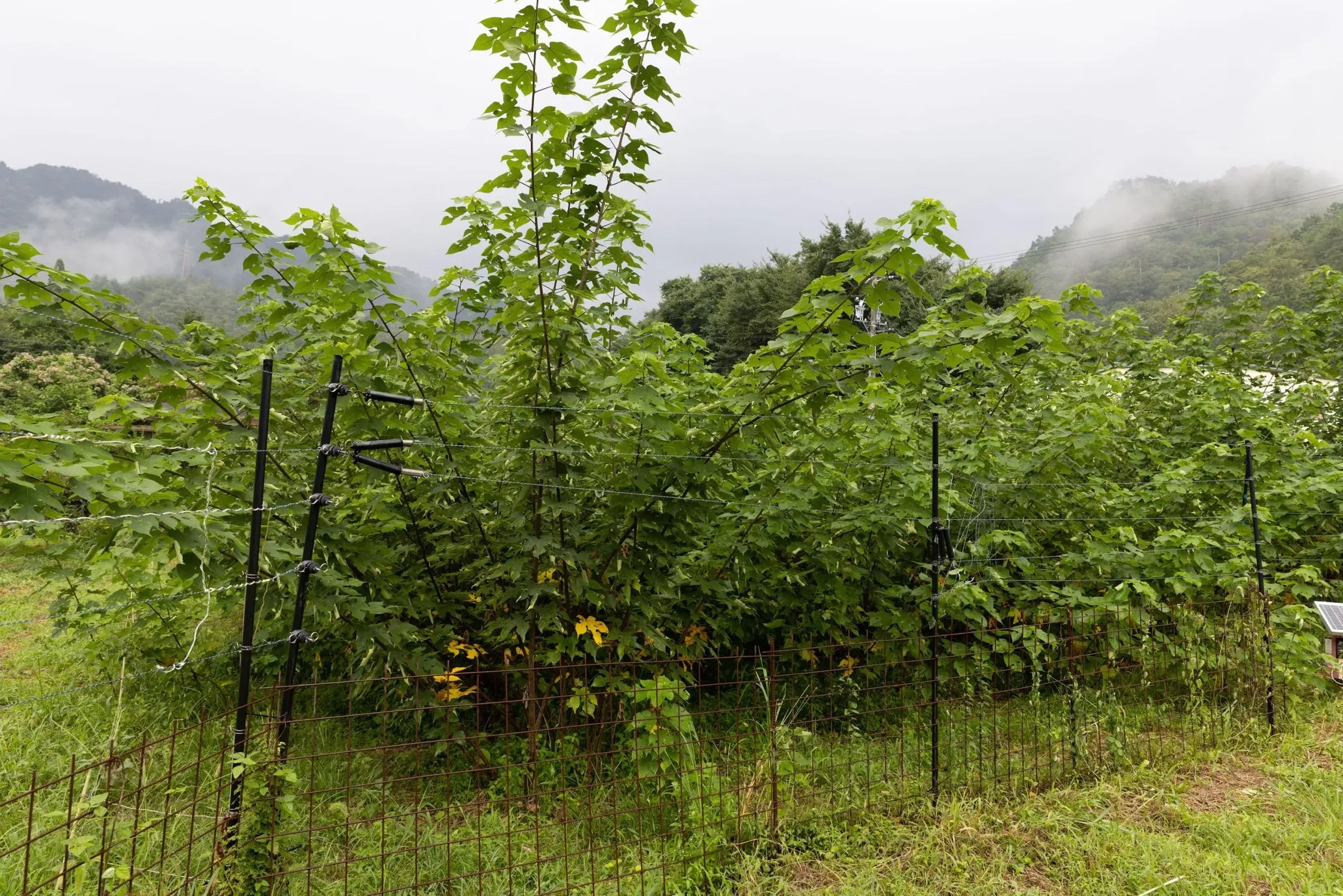
–– It’s a rare process for an origami artist.
Arisawa: Perhaps it is.
–– Are you drawn to the energy of nature? Paper is derived from nature, afterall.
Arisawa: Paper definitely possesses its own energy, as does nature. They’ve accumulated stories by being passed through the hands of many people. All the paper in Japan up until the Edo period was 100% natural. The paper I’m making now is as close to Edo period paper as possible. There are currently only a few dozen or so papermaking workshops using this method of papermaking in Japan.

The essence of paper as an option
–– Please tell us more about the paper production process at Corsoyard.
Arisawa: You may often hear pulp being used as a raw material for paper, but pulp is made by crushing tree trunks and collecting its fibers. Traditional Japanese paper is made from the bark of trees, not the trunk. The peeled bark is blanched, the black and sweet bark on the surface scraped off and boiled to remove the scum, and the remaining dust and hard fibers are removed by hand, leaving only soft, unraveled fibers. This prep takes around two weeks. During the papermaking stage, a thickening agent is added from a plant called aibika. This acts as a lotion and prevents the fibers from sticking to each other, allowing the paper to be made uniformly. This thickening is called neri and is gone once the paper is made.
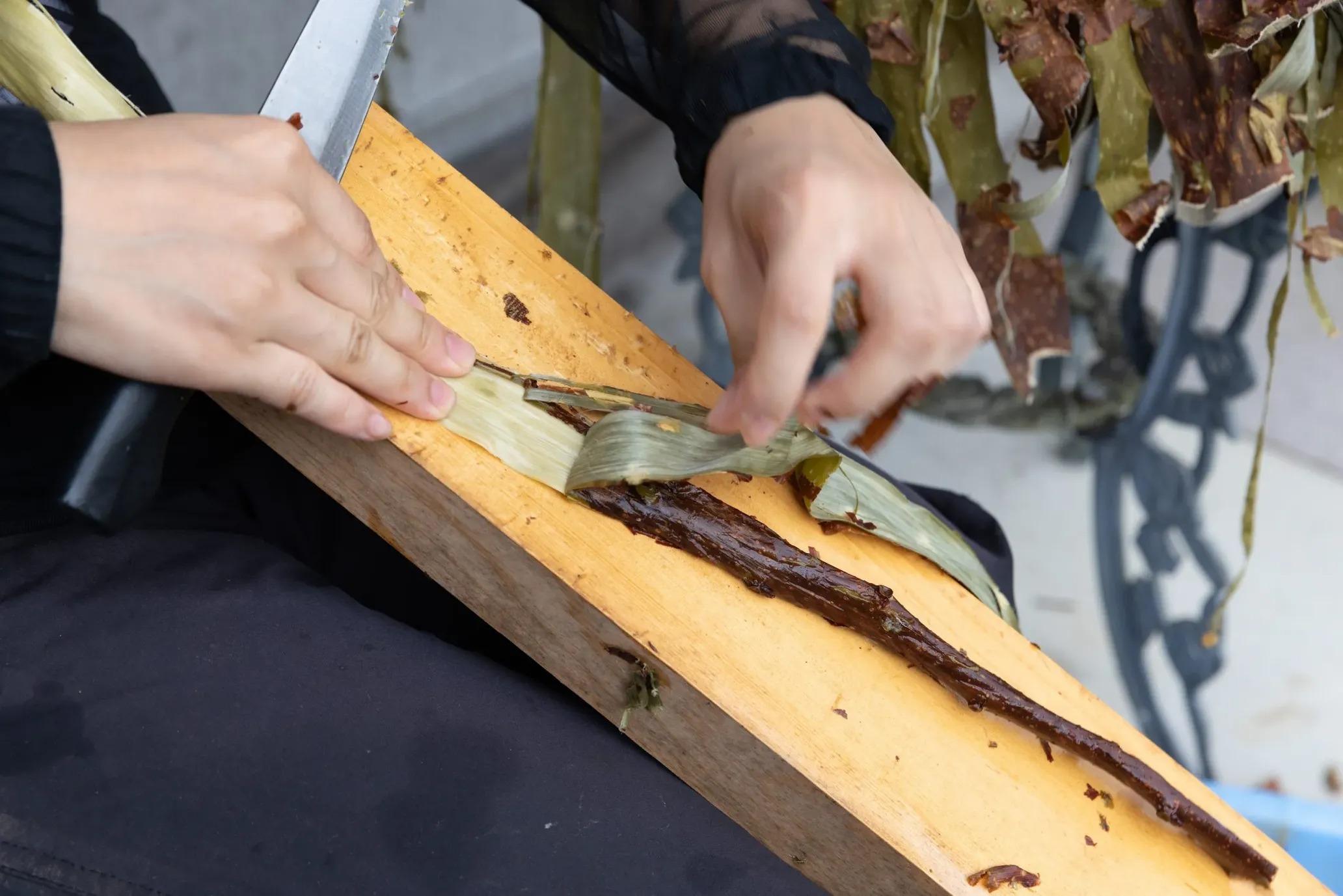
–– Ancient Japanese paper is made purely from 100% wood fiber.
Arisawa: Exactly. One of the weaknesses of aibiki thickening is that it’s very susceptible to bacteria, and in the Showa period, it became standard practice to mix formalin, cresol, and other preservatives and disinfectants into the paper. Nowadays, I believe there are more workshops that use at least one chemical in their production process, even if they make handmade washi. But it’s clearly unnatural for humans, so we decided to discontinue the use of such chemicals. Instead, we keep it fresh by storing it in the freezing temperatures of a refrigerator.
–– What are the characteristics of natural paper?
Arisawa: There are many great things about it. Paper without impurities becomes better the more it breathes. It gets stronger and whiter with time.
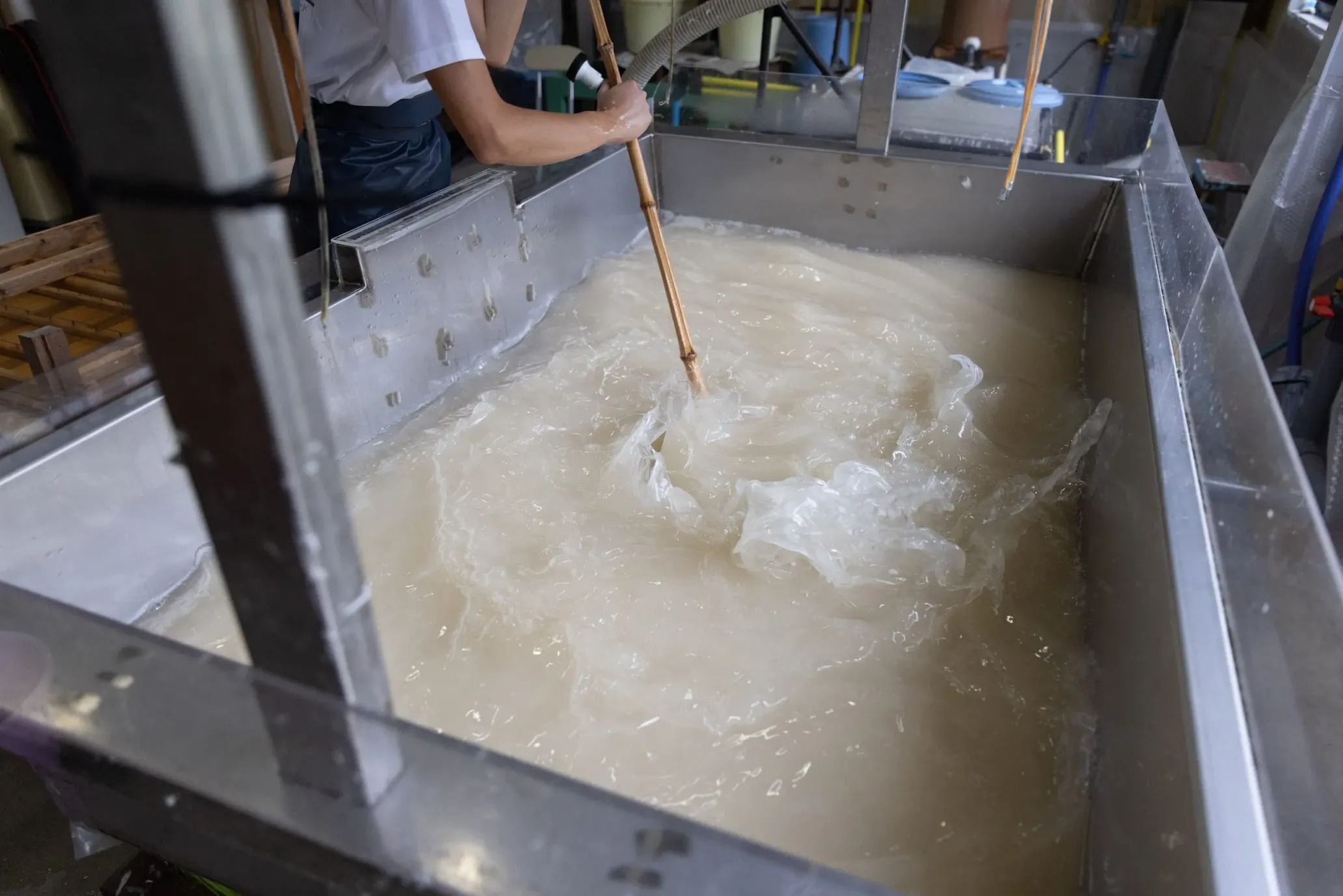
–– Is that true?! I always thought old paper turned yellow.
Arisawa: Yellowing is due to the chemicals in the paper that burn. If it’s 100% fiber shoji paper, it will become whiter after three to five years as it’s bleached by the sun. Also, because it absorbs and emits moisture, the hydrogen bonds between the fibers become stronger, and become even stronger with time. Shoji screens can be used for more than ten years in good condition. That is the original form of paper.
For example, many medieval European Bibles deteriorate because European paper has always been a mixture of various kinds of paper. Japanese paper is the ultimate in this regard. It’s made up of nothing but fibers, so even if it deteriorates, it rarely rots. In the Edo period, paper craftsmen used to re-make paper no matter how used it was. When it’s natural, it’s infinitely recyclable.
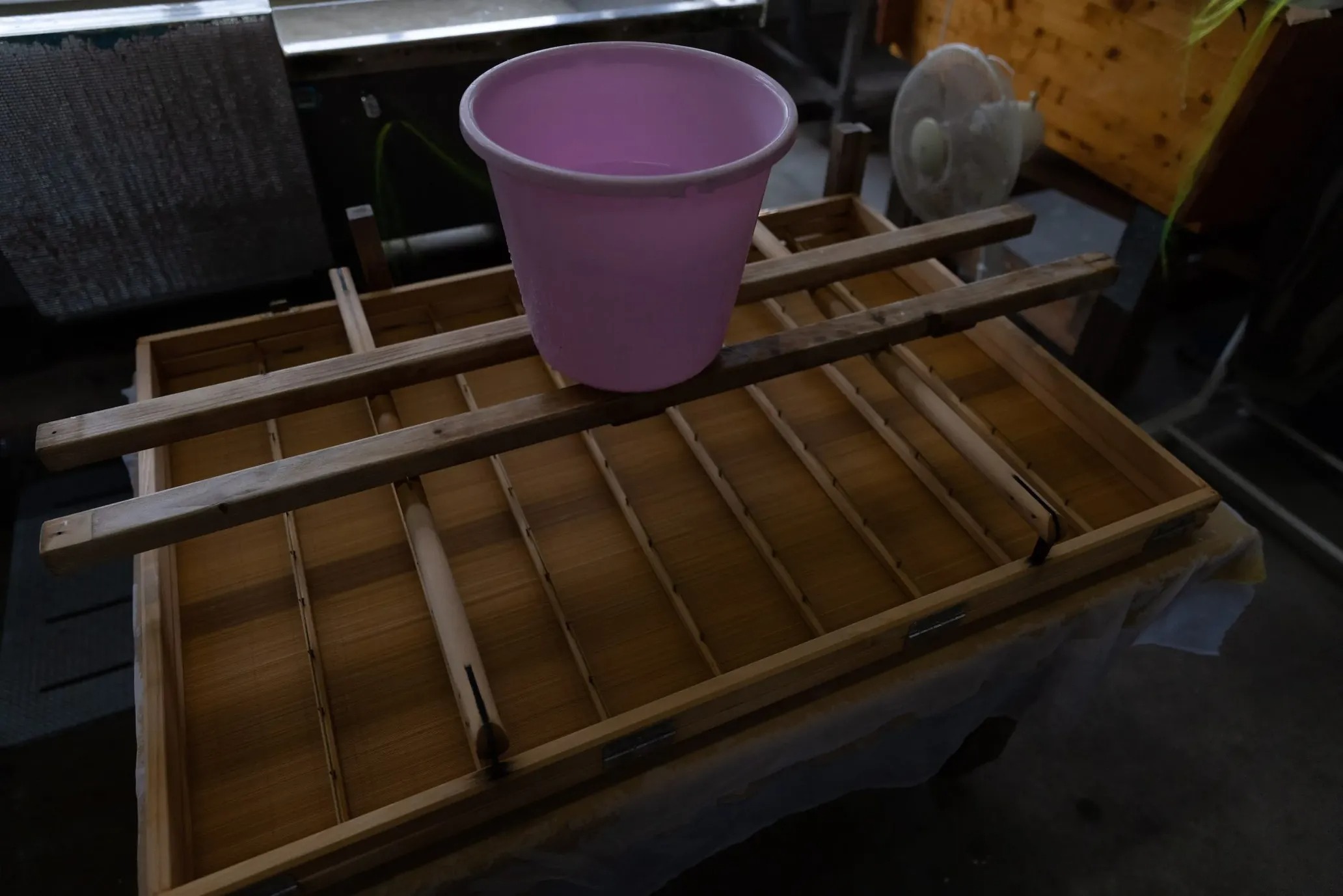
–– In today’s world where papermaking is mechanized, natural paper is a luxury item. Where do you see the need for and potential of this product?
Arisawa: I hope it reaches those who want it. Currently, I make paper two or three times a month. I think that’s much less often than most places, but if you make paper at that pace, the tools last longer and you don’t use as much raw material. Even in the Edo period, paper was a luxury item.
Foldable leather, 3D origami
–– You’re inventing paper made solely for origami.
Arisawa: There are different options for origami paper, just like how there are choices for regular paper. The paper we’re making today, called “FO-01,” is a mixture of paper mulberry and gampi, which are raw materials for paper, in the original ratio. To put it simply, paper mulberry fibers have a layer of air that creates strong and thick paper, but they can easily get fuzzy, making them unsuitable for detailed origami work. Gampi, on the other hand, has dense, flat fibers that make for crisp paper, but it’s too thin and difficult to fold because it can’t be made thick. By mixing the two in the right combination, we can create a paper that is strong, has little fuzziness, and can make sharp folds.
–– What kind of person buys this product?
Arisawa: For the first two years when we sold the paper as whole sheets (approx. 64 x 98 cm), it did not sell at all. But by cutting it into 15 cm and 30 cm squares and packaging them by type, it began to sell well, especially online. “FO-01″ is very popular when we bring it to events. Elementary school students who love origami come to buy it with their parents. It makes me happy to see that the younger generation is interested in it.
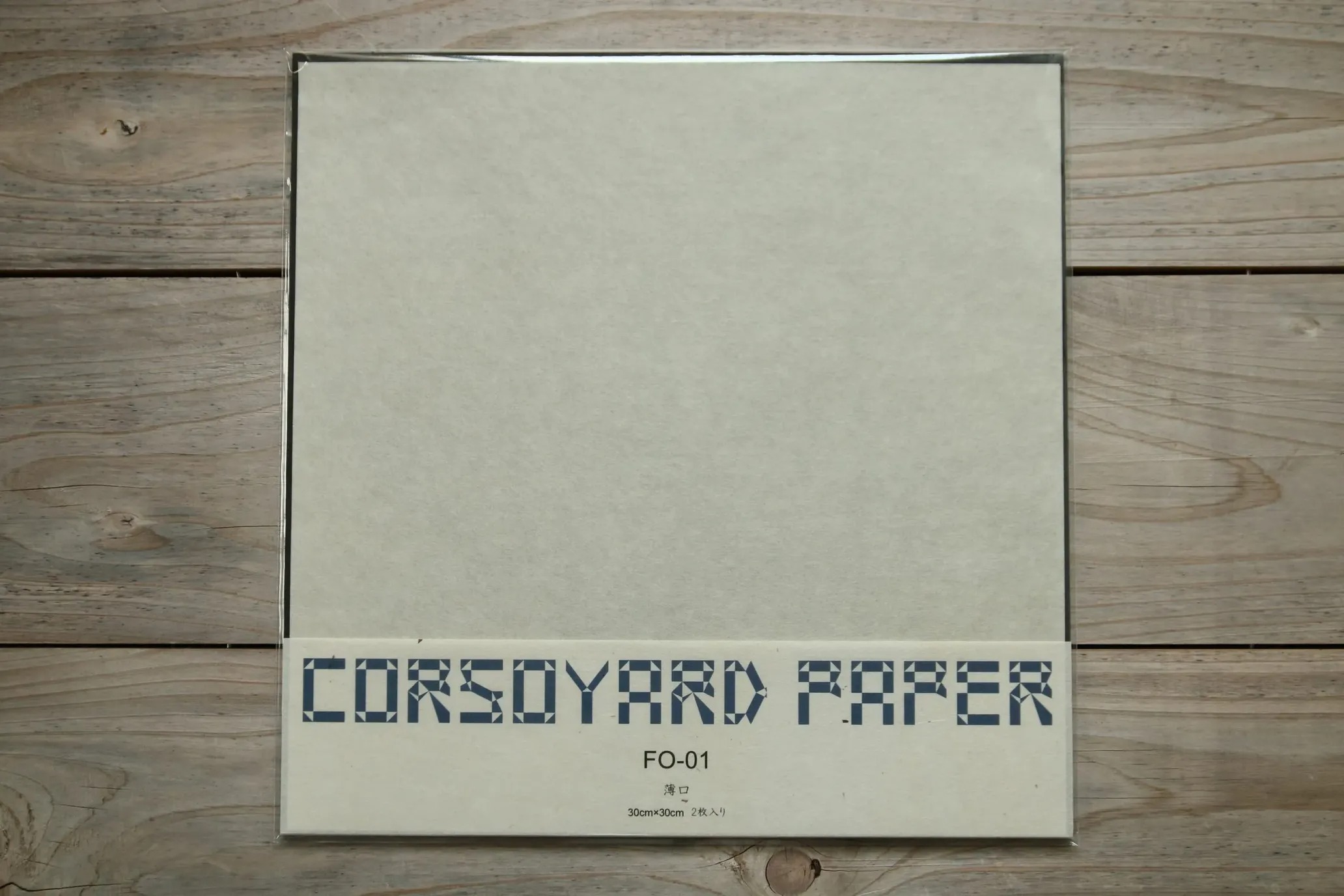
–– Your creative work starts with origami. Do you do designs with things other than paper?
Arisawa: I do, like Kobe beef skin. We were told by the Kobe Leather Cooperative that they were having trouble using skins that were ineligible for leather craft, so we worked together to develop thin leather that could be utilized for origami. And last year, I designed a pleated skirt for Steven Alan by United Arrows. Most recently, I worked with Bandai to create 3D scanned gacha toys of my origami works, with five types of toys which include cats and elephants. You can find the folding diagrams for each one on Bandai’s website.
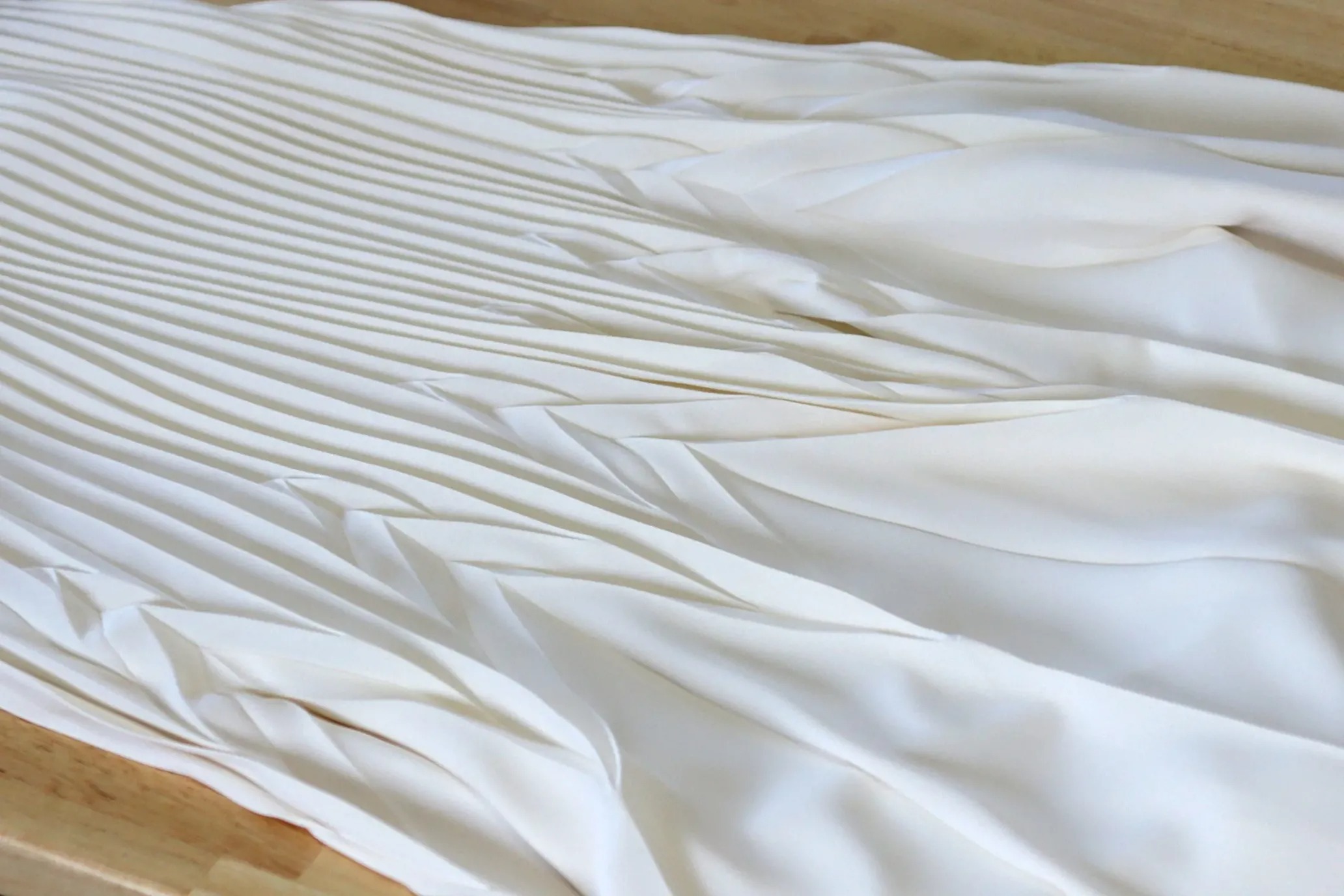
©corsoyard
–– I tried folding the gacha toy origami. It was too difficult despite its cute appearance and I gave up on it…
Arisawa: (Laughs). That’s the exact situation depicted in the title of my book (KawaiI! Keredo Muzukashisugiru Origami). That makes me happy.
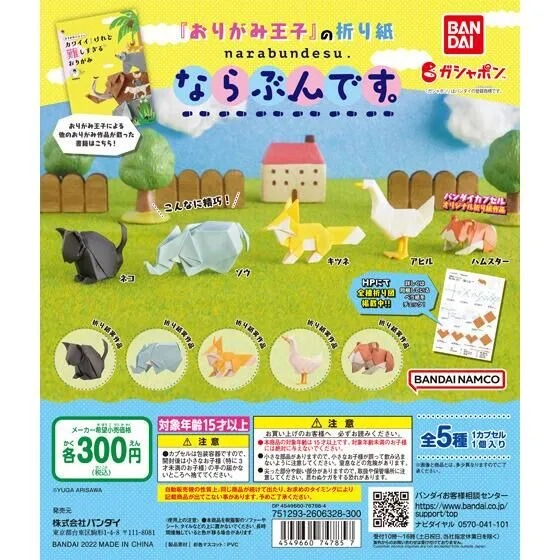
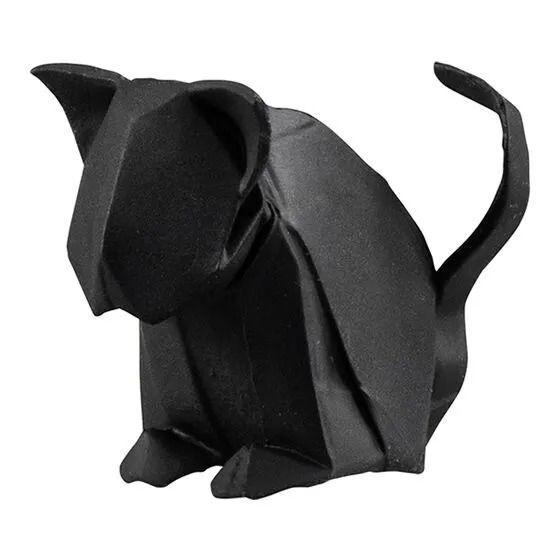

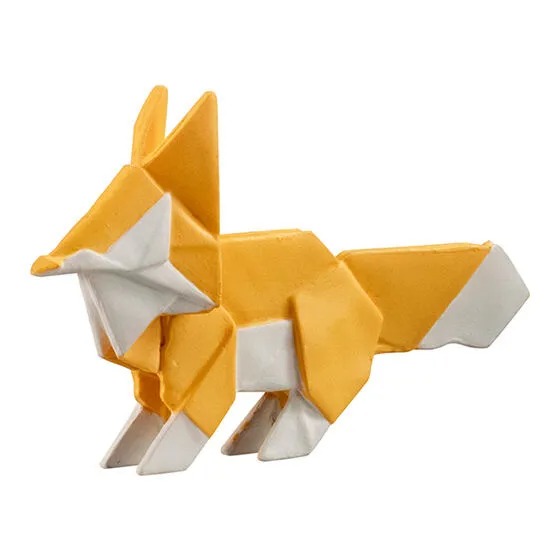
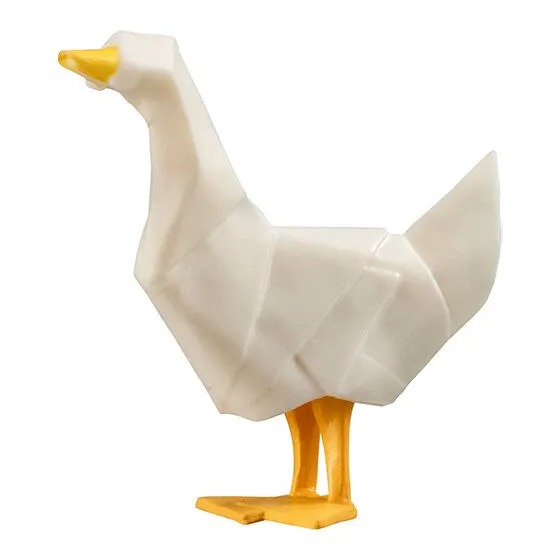
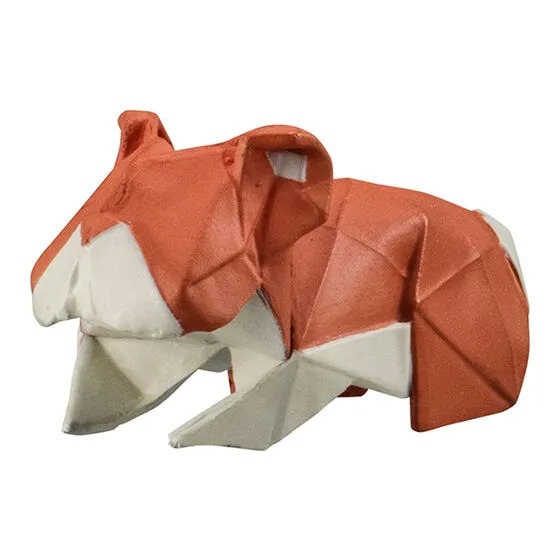
–– Were there reactions from international audiences?
Arisawa: As an origami artist, my books are selling. I got an order of several dozen books from China through Twitter. Recently, origami has gained popularity in South Korea as well, and young artists are publishing books among their peers. Korean paper is also good to fold.
–– Papermaking and origami. It seems that there are many possibilities when you have two professions.
Arisawa: I want to keep making paper while there is still a need for handmade washi paper. Our clients, such as paper lantern or uchiwa fan craftsmen, are also professionals who use paper, which is why we sometimes receive complaints. But our skills grow through those interactions. In the past two years, I’ve been handling everything from papermaking to shipping, but the number of orders has not dropped. I think we’ve grown under pressure. At the same time, I receive offers for origami from companies in completely different industries, and in between papermaking, I design and write books at home at night… Everyday is tough, but what I realize again is that origami is still an untapped field as a job. That’s why I believe that origami has a future.
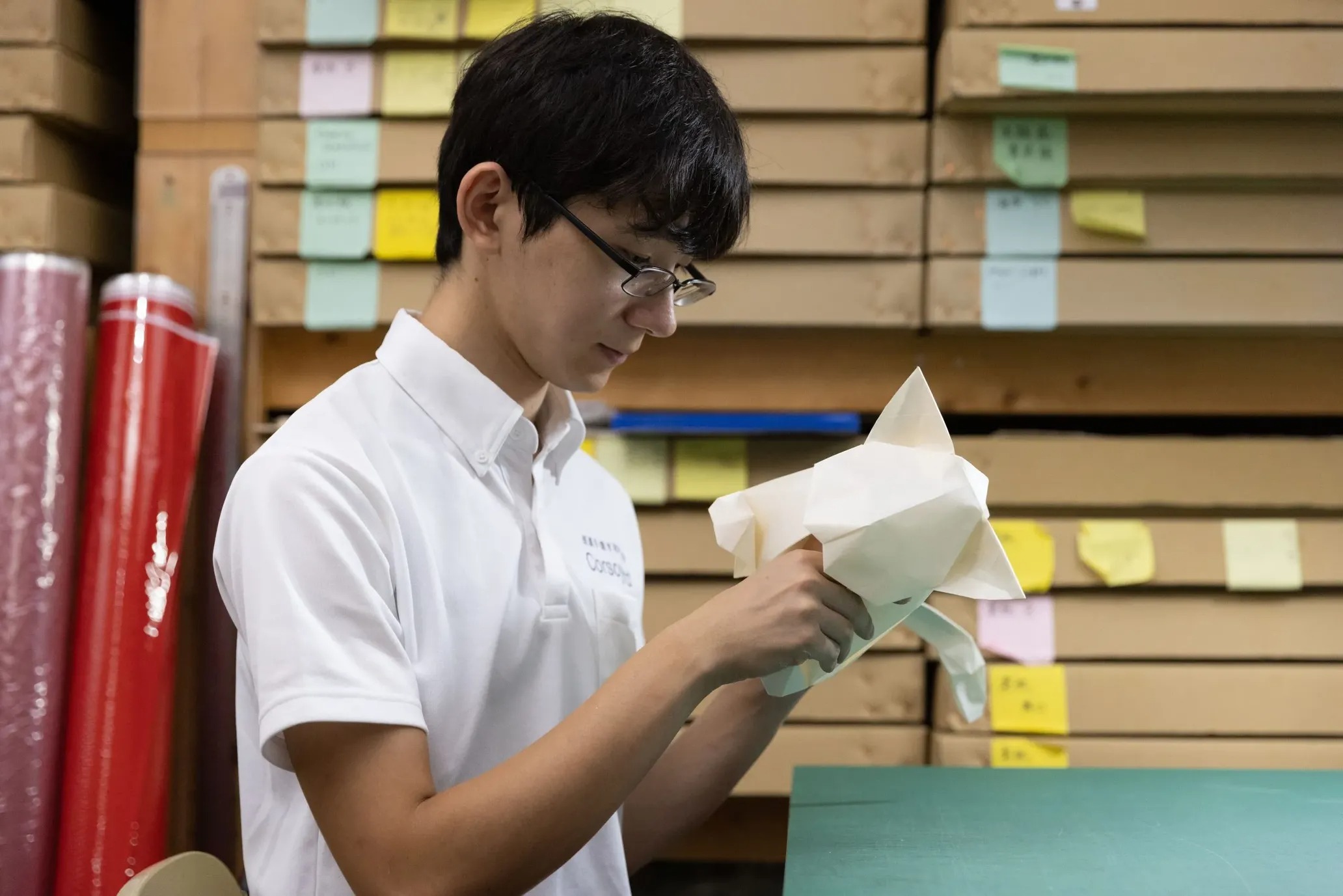
Yuga Arisawa
Born in Sapporo, Hokkaido in 1997. He first encountered origami in kindergarten and began tackling complex origami at the age of twelve, when he started working creatively. After graduating from high school in 2016, he became an apprentice at Corsoyard, a Mino handmade washi studio, where he now develops and designs products utilizing both origami and handmade washi. He is the author of Origami Oji no Kawaii! Keredo Muzukashisugiru Origami (2019/KADOKAWA) and Origami Oji no Sugo Waza! Origami (2020/Kawade Shobo Shinsha), and Origami Oji no Sugo Waza! Origami Japonism (scheduled for release in October 2022/Kawade Shobo Shinsha). His nickname “Prince of Origami” took root after his appearance on “Matsuko no Shiranai Sekai.” He has collaborated with Bandai, Meiji, Rolls-Royce, United Arrows, and many other companies.
Photography & Videography Shin Araki
Translation Mimiko Goldstein
